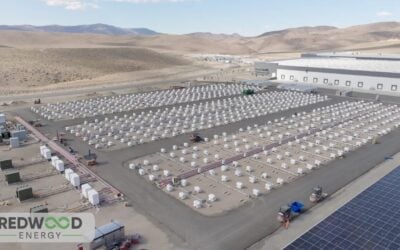Great Smoky Mountains National Park. The installation will be located at a vitally-important communications tower. Image: Great Smoky Mountains National Park website.
Duke Energy has proposed installing a microgrid — powered by renewable energy — to power a communications tower in Great Smoky Mountains National Park, which straddles the borders of Tennessee and North Carolina.
Located atop Mt. Sterling in Haywood County, the proposed installation would merge a 10kW solar installation with a Fluidic 95 kWh zinc-air battery at the site and generate all of the energy needs for the tower. The tower is currently powered by a single overhead electric line and is of vital importance, as it provides emergency communications throughout the park.
Enjoy 12 months of exclusive analysis
- Regular insight and analysis of the industry’s biggest developments
- In-depth interviews with the industry’s leading figures
- Annual digital subscription to the PV Tech Power journal
- Discounts on Solar Media’s portfolio of events, in-person and virtual
Duke said that although the company has participated in several self-contained microgrid projects already, this would be the first it had installed which was not purely for research purposes.
Robert Sipes, Duke Energy’s Western North Carolina regional general manager, said: “This project would allow us to take advantage of renewable energy resources to serve a customer’s distinct need in a less expensive and more reliable way.”
If the project is completed as it was proposed, Duke Energy would cut off the facility from the electric grid. The existing overhead electric line would also be removed, allowing five hectares of land currently maintained as a utility corridor to be to returned to a natural state. As a participant in the Climate Friendly Parks programme, Great Smoky Mountains National Park is part of a network of parks across the US that are prioritising sustainability efforts.
Park superintendent Cassius Cash noted: “Although the National Park Service (NPS) will not make a decision about issuing a Right-of-Way Agreement or authorising construction of the solar-powered system until National Environmental Policy Act (NEPA) and National Historic Preservation Act (NHPA) compliance are complete, the park is pleased to be considered for this project, which could support the sustainability initiative.”






